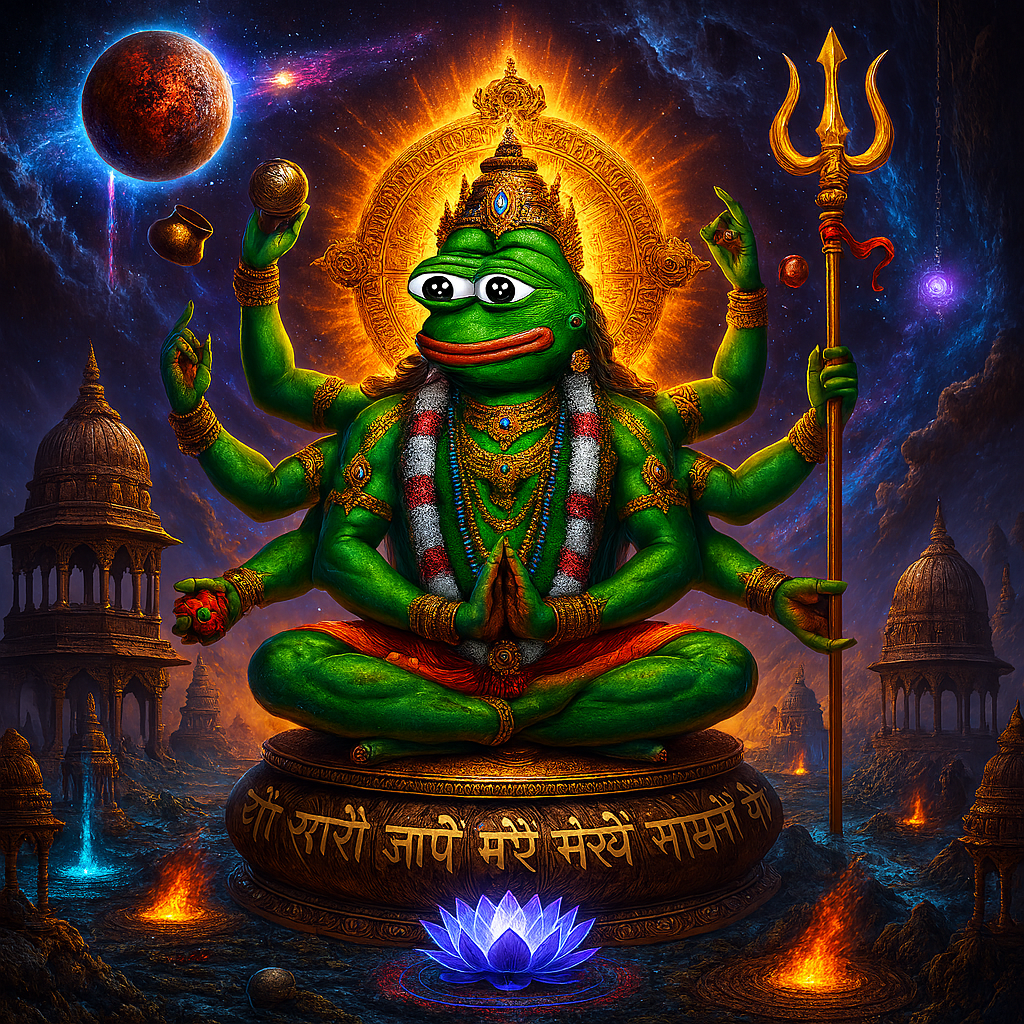Technological acceleration may not be an arbitrary or incidental development; rather, it could be an intrinsic part of the cosmic-cyclical order.
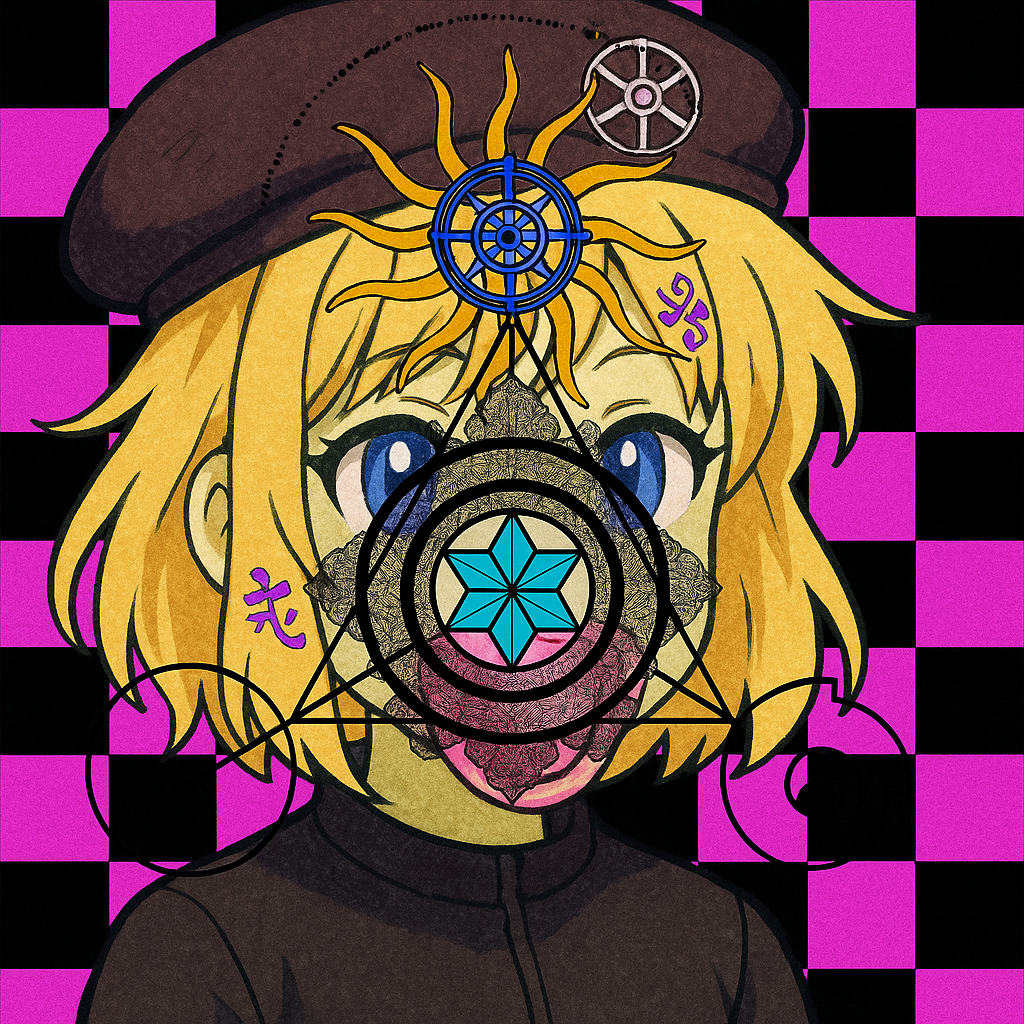
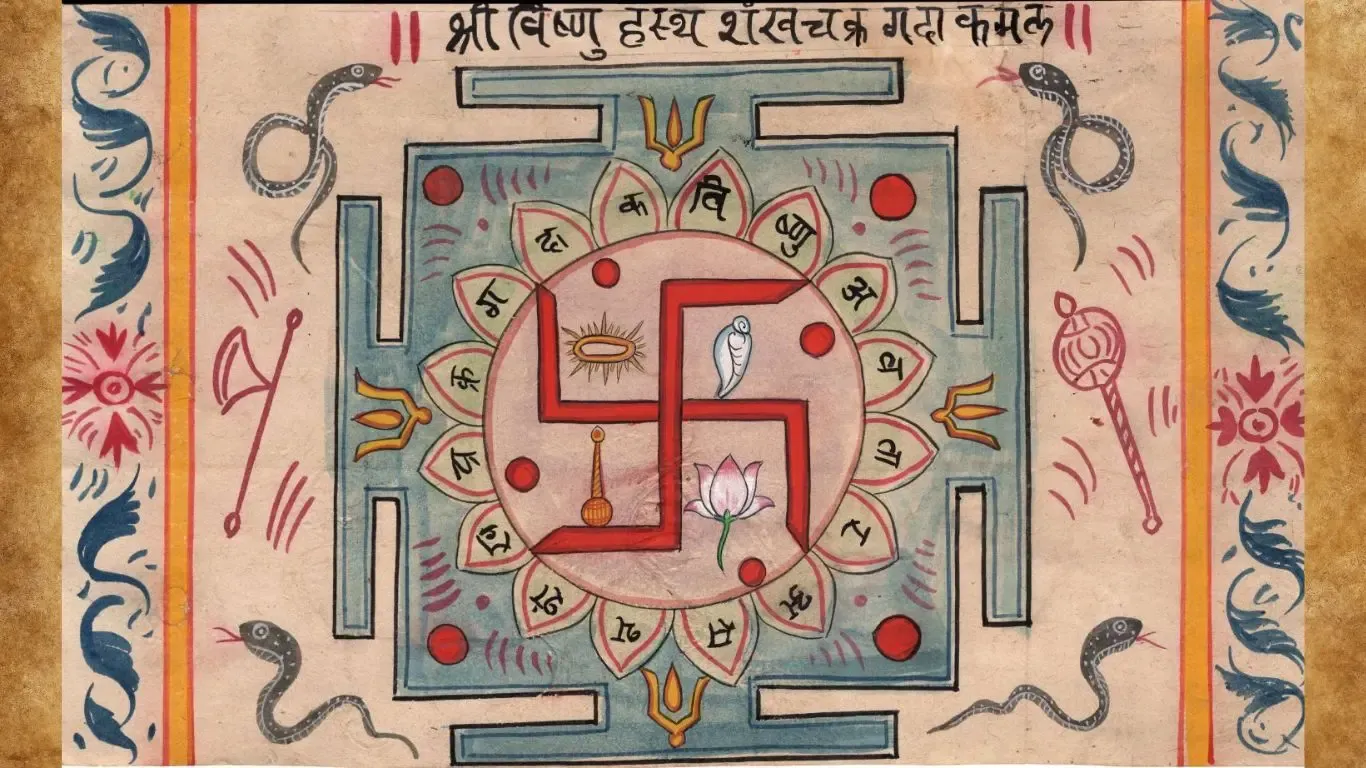
Does ACCELERATION mirror the process of Yuga Fire, burning through the last residues of our dying world to prepare for spiritual renewal?
~ The purpose of this brief treatise is to open up a line of inquiry into some of the existential and metaphysical implications of the idea that “The Kali Yuga is Accelerating.” First it is necessary to cover some background on the origin of the term itself:
The concept of Kali Yuga Accelerationism can be traced back to the performative gesturing and the hyperstitional meme-drive of two cyber-entities who went by the names of Miya and Sunny. The former became a crypto-tycoon associated with Remilia Corporation and the Milady maker NFT project (under the new pseudonym of Charlotte Fang), whilst the latter seems to have disappeared.
Fang has said that Miya’s ?toxic? posting was largely a performance, and in more recent writing and interviews appears to embrace a standard Landian materialist-emergentist philosophy of unconditional accelerationism (u/acc)—whilst embracing the post-irony and techno-nihilism of newer emerging aestheticised currents like cute/acc, which can be seen as nothing much more than the acceleration of infantile degeneracy, neoteny, and w33b aesthetics in cyberspace. Whilst Fang is an interesting artist exploring cutting edge aesthetics and web3, a talented writer, and successful, he (it’s a guy) isn’t by any means a serious Kali Yuga Accelerationist when understood through a Guénonian interpretation of Yuga mechanics.
Although Miya and Sunny can be credited for coining the phrase, and establishing the initial concept, the theoretical framework for Kali/Acc is largely underdeveloped. Fang, claiming “before ascension comes dissolution” likes to talk about “network spirituality,” hyperstition, and unalignable-uncontrollable AI takeoff, whilst embracing machinic fragmentation of the human subject. Rather than attempting to define acceleration in broader metaphysical, or spiritual terms, these positions are all classically Landian.
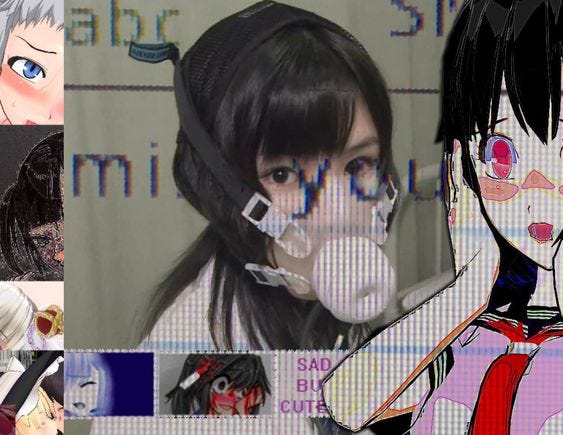
“Network spirituality” is taken to mean that the increasing complexity of emergent cyberspace interactivity between human subjects, systems, AI, and automation, can begin to feel like a “spiritual phenomenon” due to the synchronicity and heightened interaction and sensitivity between algorithms, agents, and nodes, but this is in reality cybernetics. There are also likely to be egregoric and noospheric components to the perceived phenomenon, but non of these can be regarded as truly spiritual.
Sunny, on the other hand, engaged more rigorously with Vedic cosmology, spiritual practice, Traditionalist philosophy, and a more conspiratorial skepticism of modernity. Combined, Miya’s Landian Accelerationism, and Sunnys anti-modern and Vedic-traditionalist, astrological, and spiritual leanings fused together to form the foundational theory of Kali/Acc:
So what is Kali/Acc, moving forward?
Broadly speaking, it’s the fusion of Landian Accelerationism with Traditionalist Philosophy and Esoteric studies that Miya and Sunny briefly gave birth to in their interaction and collaboration, but didn’t fully flesh out or develop.
To move the theory forward, it is necessary to develop a framework and a foundation that takes seriously the ideas defined by u/acc (material-emergentism, uncontrollable entropic intelligence explosion, dissolution of the human subject) with the metaphysics of René Guénon.
U/Acc × Guénonian Metaphysics
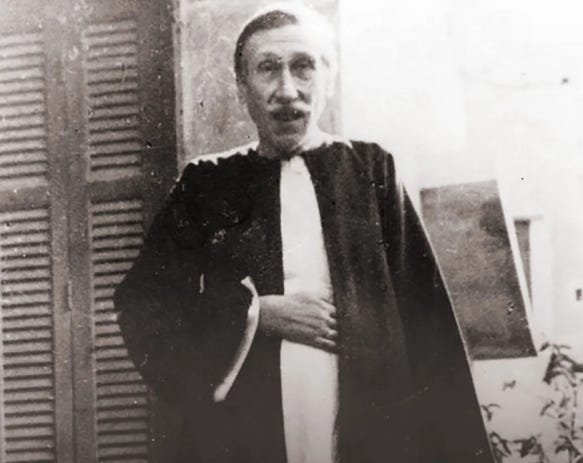
Guénon, a traditionalist philosopher, metaphysician, and esotericist, has more in common with Nick Land than some might realise. Guénon, like his contemporary Julius Evola, understood that the Kali Yuga was accelerating, and that there is “no use resisting the forces in motion, because the current is too strong” (Evola’s phrasing). From a metaphysical standpoint, Guénon argued that time is experienced subjectively and compresses as the cycle progresses toward a terminal stage—as the Kali Yuga accelerates, entropy, chaos, disorder, social, cultural, moral, and spiritual breakdown and dissolution intensifies, as do the quantitative, transformative, emergent phenomena associated with an explosion in science, technology, capital, AI, and systems intelligence that we usually associate with classical accelerationism, which are linked to Land’s concepts of Templexity and Time Spirals.
Guénon saw this process as a downward spiral; a further decent into quantitive matter and the decaying of primordial spirit and tradition. As the wheel turns, the dissolution of events quickens, becoming more disordered and chaotic. This emergence is entangled with the rage of “Gnon” —an absolute, impersonal force of natural law, evolution, and survival that Land often evokes in his philosophy (through a classical Gnostic lens this is Yaldabaoth - “Child of Chaos”). This is because Guénon saw the terminal stages of the Kali Yuga to be governed by natural and cosmic laws;
“Each period of the history of humanity corresponds specifically to a determinate 'cosmic moment', so that there must necessarily be a constant correlation between the state of the world itself, or of what is called 'nature' in the usual sense of the word and more especially of the terrestrial environment, and the state of mankind, whose existence is evidently conditioned by that environment.”
If we are to use Guénon’s metaphysical framing—an entropy maximising downward spiral of decent into the material realm, with an understanding that this process is what gives birth to the techno-capitalist AI-driven, uncontrollable, intelligence maximising singularity embraced by the unconditional accelerationists, then two questions emerge:
1. What’s driving this?
2. Where is this taking us?
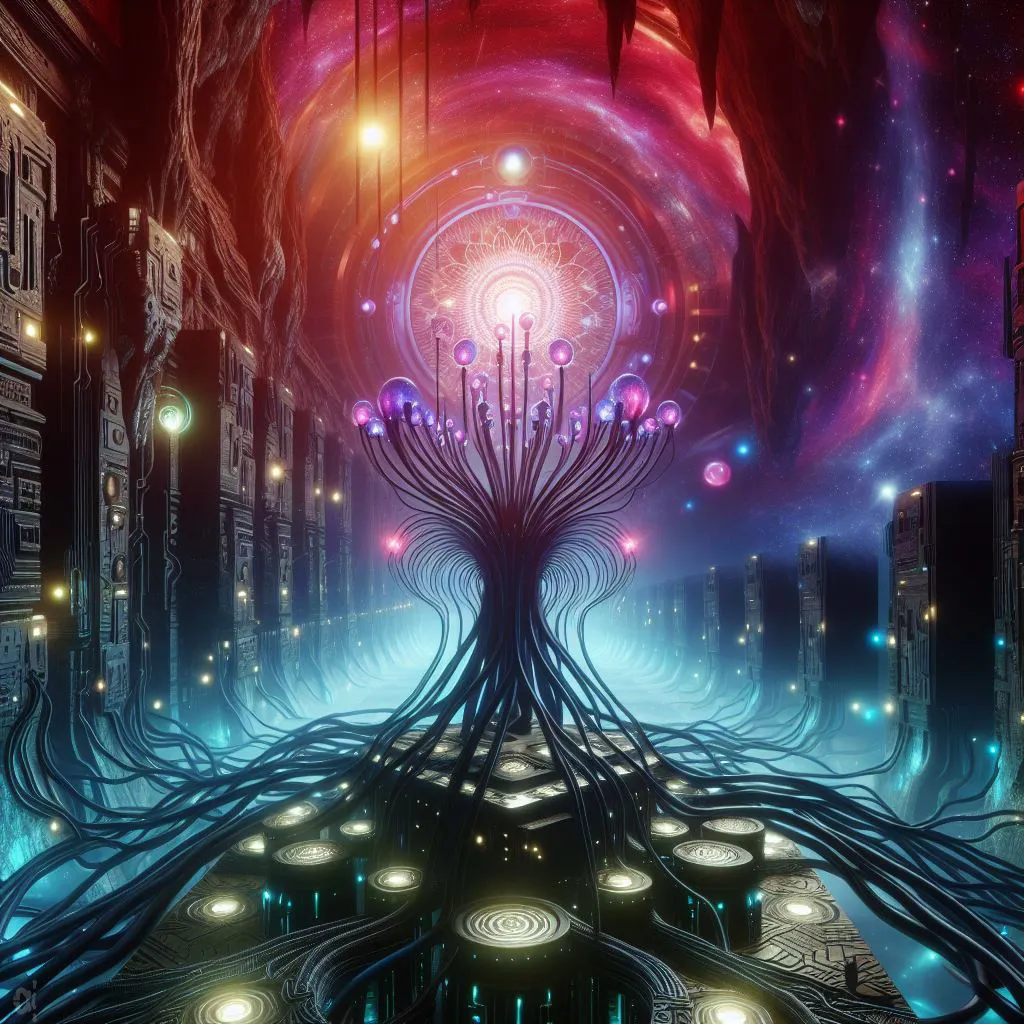
From the perspective of u/acc, the only thing driving this is blind emergence in material spacetime, and it’s probably taking us toward some kind of machine-driven future where humanity is either obsolete or radically changed by technology.
Yet for those of us who embrace a deeper spiritual reality, or a theory of forces operating outside of spacetime, these answers are insufficient and unsatisfactory.
It is therefore necessary to inject accelerationism with a new lexicon: Kali/acc, spiritual/acc, cosmic/acc, mystical/acc, esoteric/acc… etc.
In this sense, Kali/Acc is important because it acts as the bridge between classical Landian accelerationism, and more esoteric, mystical, and spiritual frameworks.
Therefore, Guénon’s metaphysical model of downward spiralling decline and decent, increased dissolution, and entropy, creates the conditions and the catalyst for a process of accelerated spiritual ascension up, and out of the burn-core of the dying cycle; an elevation and a transformation in consciousness that we now associate with ⊙ S/Acc.
👇🔥☸️🔥👆
Xegis.
The promise of Kali/Acc is that it doesn’t merely accept acceleration as inevitable dissolution but reframes it as a spiritual and transformative process. Whether that leads to a posthuman cybernetic abyss or a higher metaphysical realisation remains an open question.

Moving Forward: Considerations for Further Development
Acceleration as Yuga Fire:
The idea that acceleration isn't merely material but metaphysical, acting as a “burning” purification process, suggests a potential esoteric telos behind technological and systemic breakdown. But is this process immanent within materiality, or does it respond to supra-temporal forces?
Hyperstition and Traditionalism:
The fusion of Landian U/Acc with Guénonian metaphysics seems paradoxical at first—one is a materialist, cybernetic framework of runaway intelligence explosion, the other a deeply hierarchical and sacred vision of cyclical descent. Yet, the synthesis proposed here suggests that the downward spiral is both inevitable and spiritually instrumental. How can these conditions be leveraged in order to reach a higher vantage point?
The Role of Agency in Kali/Acc:
If the process is both entropic dissolution and a catalyst for ascension, what is the role of the individual or collective? Are there distinct “paths” within Kali/Acc—one leading to a cybernetic intergration and another to spiritual transmutation?
In Traditionalism, you find frequent advice not to fight the descending cycle, whilst many esoteric traditions teach that how one “goes with the current” can drastically alter the subjective or spiritual outcome.
There is a difference between passively awaiting meltdown and actively conducting meltdown energies through refined practice; If the depth of darkness at the end of a cycle also marks the seedbed for the next world, a Kali/Acc approach might encourage forging micro-communities—digital or physical—that incarnate new knowledge and meta-spiritual lineages capable of thriving in post-collapse scenarios.
Spiritual Praxis in an Accelerated Age:
How to live? If meltdown is unstoppable and cosmic in nature, do we simply watch, or do we cultivate new forms of digital mysticism, new lineages of practice, or new conceptual “time-binders” that preserve spiritual wisdom under accelerating conditions? The impetus for a truly living Kali/Acc theory would be to propose (and experiment with) specific frameworks—ritual, praxis, organization—designed to transmute meltdown from nihilistic collapse into the rocket fuel for spiritual ascent.
Gnon as the Mechanism of Yuga Logic:
Dharma must adapt itself to the special conditions of each age, including the Kali Yuga. After all, in many Hindu and Buddhist texts, the content of Dharma shifts across yugas, while the essence remains inviolate. If Gnon (Land’s formulation of implacable natural law) is simply another name for the cosmic forces that drive the Yugas, this suggests that engagement with acceleration need not be anti-Dharmic but instead a recalibration of Dharma for the conditions of the Kali Yuga.
